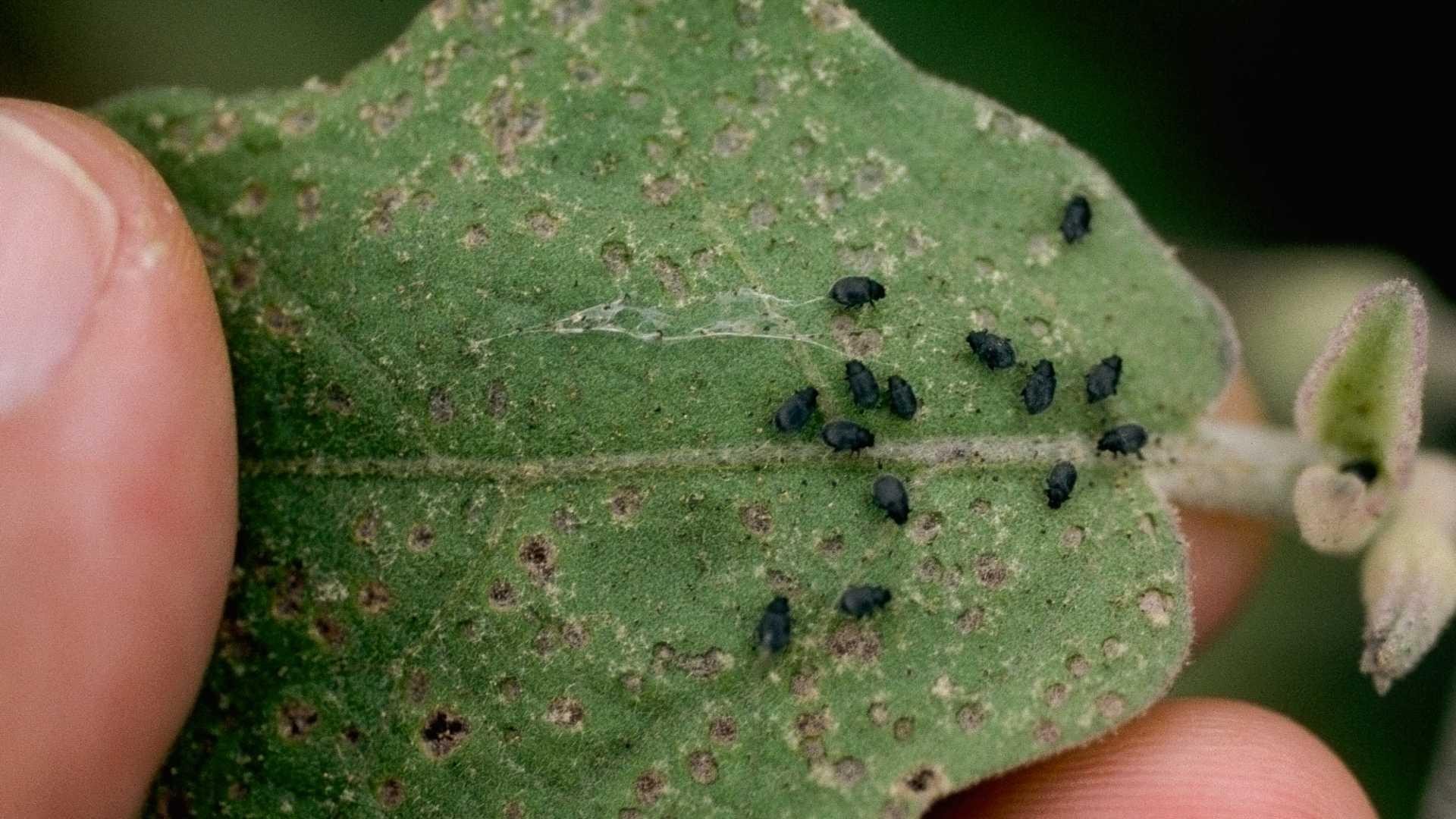Flea beetles are a common pest that can cause major damage to potato plants These tiny insects feed on the leaves, stems, tubers, and roots, leaving behind shot holes and scars that stunt growth and reduce yields While flea beetles are found throughout North America, infestations in potato fields are sporadic and unpredictable from year to year. With some knowledge of their biology and behavior, growers can take steps to monitor populations and minimize losses.
Biology and Behavior of Flea Beetles
There are several species of flea beetles that attack potatoes, including the potato flea beetle, the tuber flea beetle, and the pale-striped flea beetle. Adults are very small, jumping insects that vary in color from black to brown to metallic green. They are called flea beetles because their enlarged hind legs allow them to leap like fleas when disturbed.
Flea beetles overwinter as adults in the soil or under plant debris in undisturbed areas near the field where they emerged. In spring, overwintering beetles move to potato fields to feed on leaves and lay eggs at the base of plants. Adults first colonize and establish in field edges.
After mating, females lay eggs in the soil near potato plants. Larvae hatch and feed on roots and stems below ground. There can be one to four generations per growing season depending on location. The life cycle takes four to nine weeks depending on temperatures. Warmer weather speeds up development.
Recognizing Flea Beetle Damage
Adult flea beetles cause the most noticeable damage by chewing small, rounded holes in leaves, giving them a shot hole or sieve-like appearance. They tend to feed in groups, so damage starts along field margins and spreads inwards. Severe feeding can cause complete defoliation of plants.
Larval feeding on roots and tubers causes less obvious injury. Larvae bore narrow tunnels in tubers, marring their appearance and reducing marketability. Entry points also provide pathways for rot organisms.
Scouting for Flea Beetles
Since infestations are sporadic, regular scouting is essential for early detection:
-
Monitor fields weekly as soon as plants emerge, especially along edges where beetles first appear
-
Look for shot holes and beetles on undersides of leaves. Check plants in multiple areas.
-
Use yellow sticky cards to trap adults. Compare against treatment thresholds.
-
Dig up plants occasionally to check for larval damage on roots and tubers.
-
Keep records to compare populations year to year.
Cultural Controls
Certain cultural practices can help reduce flea beetle populations:
-
Control weeds around fields that provide food sources for beetles.
-
Eliminate crop residue after harvest to remove overwintering sites.
-
Rotate potatoes with non-host crops to disrupt beetle life cycles.
-
Plant later when possible to avoid early spring colonization. Larger plants can tolerate more damage.
-
Use plastic mulches to form a barrier between emerging plants and overwintered beetles in the soil.
-
Try trap cropping with an early planting of eggplant, which is highly attractive to flea beetles.
Chemical Control Options
Insecticides should be used only when populations exceed economic thresholds. Foliar sprays target adults, while systemic soil insecticides applied at planting provide longer residual control of adults and larvae:
-
Foliar sprays: pyrethrins, carbaryl, malathion, spinosad, permethrin
-
Soil treatments: imidacloprid, thiamethoxam, chlorantraniliprole
-
Only treat areas exceeding thresholds to minimize costs and resistance.
-
Follow label directions carefully for application methods, timing, and pre-harvest intervals.
An integrated approach using monitoring, cultural practices, and well-timed targeted insecticide treatments offers the best protection against unpredictable flea beetle attacks while minimizing risks and costs. Careful management of this sporadic but damaging pest is key to profitable potato production.
How to identify flea beetles A black potato flea beetle making holes in a potato leaf
Most adult flea beetles are very small (1/16 –1/8 inch long). An exception is the spinach flea beetle, which is 1/4-inch long.
- They can be black, bronze, bluish, brown, or metallic gray.
- Some species have stripes.
- All flea beetles have big back legs that they use to jump, especially when they feel threatened.
A shiny black crucifer flea beetle making holes in a green leaf
The most common flea beetles in Minnesota:
- Crucifer flea beetle (Phyllotreta cruciferae)
- Striped flea beetle (P. striolata)
- Western black flea beetle (P. pusilla)
- Potato flea beetle (Epitrix cucumeris)
- Spinach flea beetle (Disonycha xanthomelas)
While most flea beetles only eat certain plants, the pale-striped flea beetle (Systena blanda) eats many different plants, such as corn, sunflowers, lettuce, potatoes, squash, and many weeds.
Biology Crucifer flea beetle larva
- Flea beetles spend the winter as adults in trash piles, hedgerows, windbreaks, and wooded areas.
- Adult flea beetles become active in early spring. Females of different species lay one or more eggs in small holes in the roots, soil, or leaves of many vegetables. They also sometimes lay eggs on flowers and ornamental shrubs and trees.
- When the eggs hatch, the small white larvae eat the roots of the new seedlings.
- Larvae then transform into pupae in the ground. There are usually one to two generations per year.
POTATO BEETLE **SECRET** EFFECTIVE CONTROL (OAG)
FAQ
How do I get rid of flea beetles on my potato plants?
Do coffee grounds deter flea beetles?
What is the best pesticide for flea beetles?
|
Common name
|
Trade name(s)*
|
|
zeta-cypermethrin
|
Sevin Insect Killer
|
|
spinosad
|
Captain Jack’s Dead Bug Brew; ferti-lome Borer, Bagworm, Tent Caterpillar & Leafminer Spray; Monterey Garden Insect Spray
|
|
pyrethrins
|
Many garden insecticides
|
|
diatomaceous earth
|
Bonide Diatomaceous Earth Crawling Insect Killer
|
- The Ultimate Guide to Growing Strawberries in Raised Beds - August 8, 2025
- No-Dig Garden Beds: The Easiest Way to Grow a Beautiful Garden - August 6, 2025
- How to Protect and Preserve Wood for Raised Garden Beds - August 6, 2025

